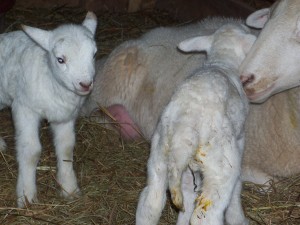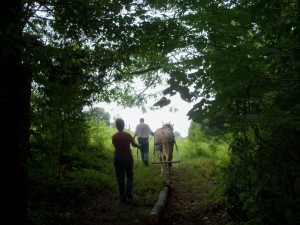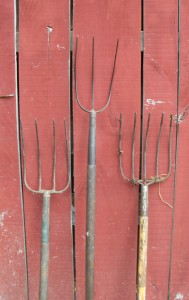Over the years I’ve frequently been asked for advice on this farming life. I’ve been pondering my thoughts since Chris Smaje wrote to his younger farming self on his blog, Small Farm Future, and an acquaintance asked me to be on his radio show to discuss my experiences.
As I sift through my farm memories — the tragedies and successes, the wasted resources and the careful stewardship — one constant stands out: a partner who shares in the work and joy of running a small farm.
Without her buy-in, none of this would be possible. I don’t say this as a romantic nod to Valentine’s Day. In my modest way, I hope that I also give good value. I say it because, to my mind, too many relationships have no element of true partnership.
Farm life, with its intense need for coordination, either enhances the cooperation essential to any successful relationship or brings stresses that will tear that relationship apart when the goals and the vision are not shared. Much of modern life involves “farming” out the labor to others. Life lived on a small farm is quite the reverse: we build the fences, we tend to the veterinary needs of the livestock, we preserve the food, we work the long hours for little monetary compensation.
Over time, I have had a few farming acquaintances in which only one shared the desire for a farming life, and it can be done. But for one person to take on all the work, the load becomes a drudgery instead of a shared pleasure in accomplishment. Without a partner, the family and the larger community never coalesce.
And what of the rewards — beef raised in the nearby pasture, produce from the gardens, fruit from the orchard? True and complete satisfaction is only achieved when the bounty is shared with someone who participated fully in the production.
When embarking on a life on the farm, by all means dream of an idyllic world of fresh veggies and just-laid eggs. We certainly did, and to a large part still do. But I also suggest a test to determine the compatibility of your partner for the farming life. In a race against the clock to provide shelter for a very pregnant sow, stand outside in a blowing snow for several long hours building a farrowing hut. You will quickly learn a few things about the work ethic and temperament of your beloved.
Here is my best farming advice to you: Share this life with someone who can handle with equanimity the occasional heartbreak at the inexplicable death of a newborn lamb, the endless abundance of your gardens, and the true joy of being a good steward to the land and your charges.
………………………………………………………………………………
Reading this weekend: Old Southern Apples by Creighton Lee Calhoun, Jr.



